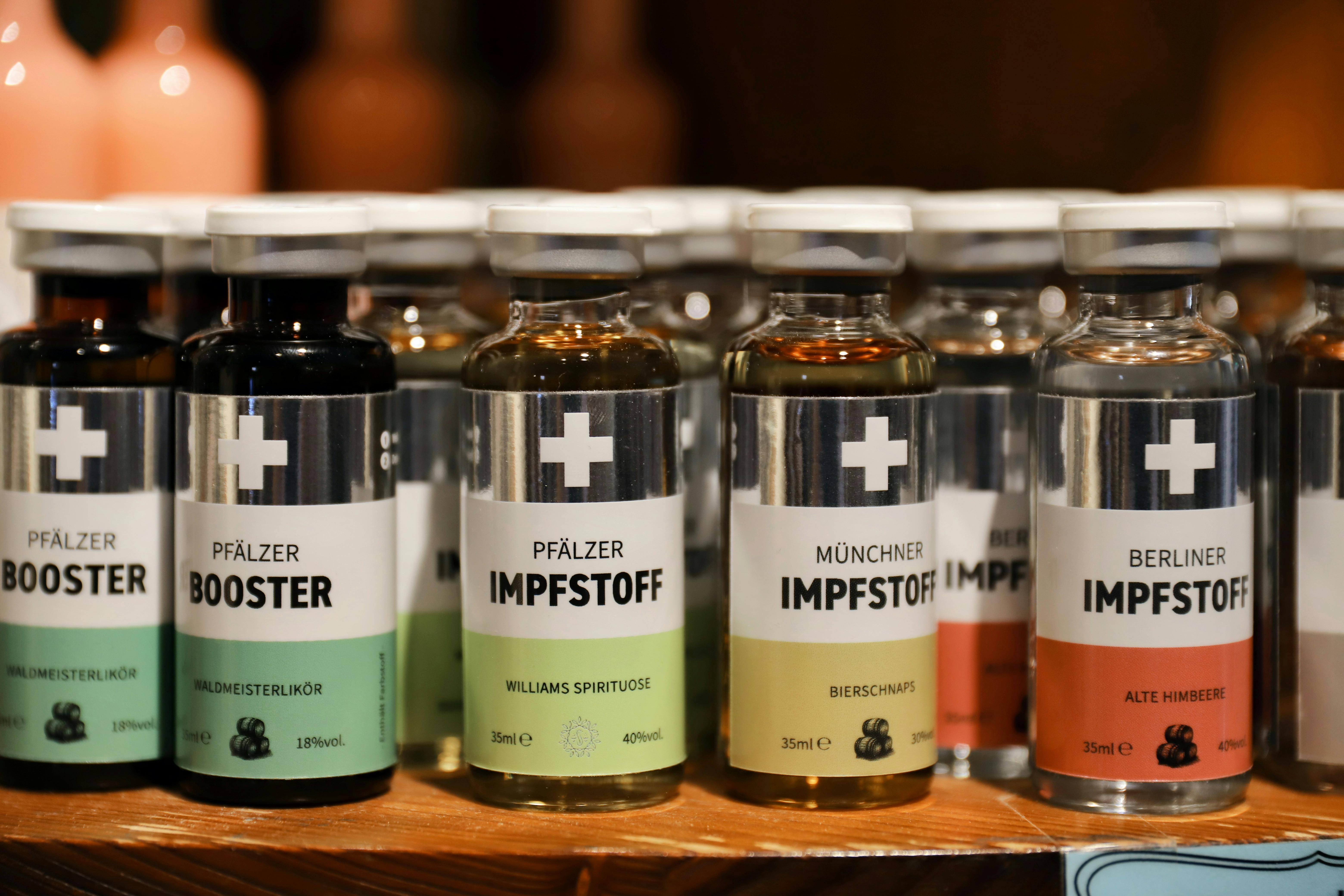Methanol Market: Exploring Its Role in Renewable Fuels and Global Applications

Strong 8k brings an ultra-HD IPTV experience to your living room and your pocket.
The global Methanol Market, commonly known as wood alcohol, is a versatile and essential chemical that holds a significant position across multiple industries worldwide. From petrochemicals to energy, automotive, pharmaceuticals, and construction, methanol is integral to fulfilling the needs of modern economies. As the world pivots toward more sustainable energy solutions, methanol is increasingly gaining relevance by merging traditional industrial applications with cutting-edge, renewable energy solutions. This comprehensive report analyzes the trends, challenges, and future outlook of the methanol market, with insights for the years 2024 to 2030.
Methanol Market Overview: Growth and Forecast
The methanol market has seen steady expansion, supported by its broad spectrum of applications. In 2023, the global methanol market was valued at $31.20 billion. By 2024, it is projected to reach $32.60 billion, continuing at a compound annual growth rate (CAGR) of 4.60%, and potentially reaching $42.74 billion by 2030.
Methanol's flexibility, which allows it to be used in both traditional petrochemical industries and newer green energy technologies, makes it a crucial element for both industrial and environmental progress. Its expanding role in green energy solutions, particularly in green methanol production, highlights its potential as a significant driver of global sustainability.
Key Drivers Behind Methanol Demand
Chemical Industry Growth
Methanol serves as a vital feedstock in the production of numerous essential chemicals, such as:
Formaldehyde: Key in manufacturing resins, textiles, and building materials.
Acetic Acid: Used in making adhesives, plastics, and synthetic fibers.
Methyl Methacrylate (MMA): Important for producing acrylic plastics and coatings.
These chemicals are essential for industries including automotive manufacturing, construction, and pharmaceuticals. As industrialization accelerates, especially in emerging economies, the demand for methanol and its derivatives continues to rise, cementing its pivotal role in the chemical sector.
Growth of Renewable Energy and Green Fuels
Methanol is increasingly seen as a critical player in the transition to sustainable energy. Green methanol, produced from renewable sources such as biomass, CO₂ capture, and waste, offers a clean alternative to traditional fossil fuels.
Key advantages of green methanol include:
Lower Carbon Footprint: It reduces greenhouse gas emissions significantly compared to fossil fuels.
Broad Applicability: It is suitable for use in transportation, shipping, and industrial heating.
Alignment with Climate Goals: Green methanol supports efforts toward achieving net-zero emissions by 2050.
The growing emphasis on renewable energy is driving the adoption of green methanol, particularly in sectors such as marine transport and land-based transportation, where it provides a cleaner, more efficient fuel option.
Integration into the Automotive Sector
Methanol's potential as an eco-friendly fuel source is increasingly being recognized by the automotive industry. Its applications include:
Fuel Cells: Methanol-powered fuel cells are being developed for use in electric and hybrid vehicles.
Internal Combustion Engines: Blending methanol with gasoline helps reduce emissions and improve engine performance.
Energy Storage: Methanol is also considered for hydrogen storage and conversion in alternative energy systems.
Automotive manufacturers, in collaboration with governments, are investing heavily in green technologies, making methanol an important component in the future of eco-friendly vehicles.
Agricultural Sector Usage
Methanol is essential for the production of agricultural chemicals such as pesticides, herbicides, and fertilizers, which are vital for increasing food production. As the global population continues to rise, methanol’s role in improving crop yields and minimizing environmental impacts becomes more significant, contributing to sustainable agricultural practices.
Petrochemical Sector Demand
Methanol has long been a cornerstone in the petrochemical industry. It is used to produce:
Plastics: A key component in packaging, automotive parts, and consumer products.
Resins: Essential for adhesives, coatings, and construction materials.
Solvents: Widely used in industrial applications.
As industrial growth continues globally, the demand for methanol-based petrochemical products remains strong.
Emerging Trends and Technological Developments
Advancements in Production Techniques
The Lurgi Low-Pressure Process, a widely adopted method for methanol production, utilizes natural gas as a feedstock. This method is popular due to its efficiency and cost-effectiveness, especially in regions with abundant natural gas resources. In addition, new techniques such as carbon capture and utilization (CCU) are being explored to produce methanol from CO₂ emissions, making the process more environmentally sustainable.
Rise of Renewable Methanol
Renewable methanol is gaining traction as a clean alternative to conventional fossil fuels. Its uses include:
Marine Fuel: Renewable methanol’s low sulfur content makes it ideal for use in shipping, in compliance with IMO 2020 environmental regulations.
Industrial Heating: It is used as a cleaner energy source for industrial processes.
Power Generation: It can be used in turbines and generators for sustainable energy production.
Construction Sector Demand
Methanol-based products, such as adhesives, paints, and coatings, are crucial to the construction industry. As urbanization accelerates, particularly in emerging markets, the demand for methanol-derived materials is expected to rise. These products contribute to the durability and performance of construction materials, supporting the development of resilient infrastructure.
Pharmaceutical Applications
Methanol is also essential in the production of active pharmaceutical ingredients (APIs) such as antibiotics and pain relief drugs. Its high purity and versatility make it indispensable to the pharmaceutical manufacturing process.
Challenges Facing the Methanol Market
Fluctuating Raw Material Costs
Since methanol production is closely tied to natural gas prices, volatility in natural gas markets can pose a challenge for manufacturers, affecting the cost and stability of production.
Environmental Impact
While methanol is often considered a cleaner fuel, traditional methanol production methods are energy-intensive and depend on fossil fuels. The transition to greener production methods, while promising, requires significant investments in technology and infrastructure.
Regulatory Pressures
As governments implement more stringent environmental regulations, the methanol industry must adapt. Compliance with these regulations can increase costs but also promotes innovation, particularly in the development of sustainable production methods.
Regional Insights
North America: The U.S. leads in methanol production and consumption, with growing investments in renewable methanol technologies, aligning with the region’s sustainability goals.
Europe: Europe’s stringent environmental regulations are driving the adoption of methanol as a cleaner energy solution, particularly in countries like Germany and the Netherlands.
Asia-Pacific: China is the largest market for methanol in the Asia-Pacific region, driven by its vast industrial base and increasing focus on renewable energy. Other countries in the region are also experiencing rising demand for methanol.
Latin America: Brazil and Mexico are expanding their use of methanol, particularly in the petrochemical and renewable energy sectors, aided by government incentives and foreign investments.
Middle East and Africa: The Middle East continues to be a major producer of methanol, leveraging its natural gas resources. Investments in renewable methanol technologies are increasing as part of the region’s energy diversification efforts.
Leading Industry Players
Key companies in the methanol industry include Methanex, SABIC, CNPC, Petronas, and LyondellBasell. These companies are at the forefront of efforts to improve production efficiency and develop green methanol technologies, positioning themselves as leaders in the sustainable methanol market.
Conclusion: Methanol’s Strategic Role in the Future
Methanol’s versatility across numerous industries and its role in advancing sustainable energy solutions ensure its continued importance in the global market. The methanol market is expected to grow significantly, reaching $42.74 billion by 2030, driven by demand in renewable energy, agriculture, construction, and beyond.
As industries increasingly adopt eco-friendly practices, methanol will remain a key player in bridging traditional and innovative applications, helping to drive the transition toward a cleaner, more sustainable global economy.
Note: IndiBlogHub features both user-submitted and editorial content. We do not verify third-party contributions. Read our Disclaimer and Privacy Policyfor details.







